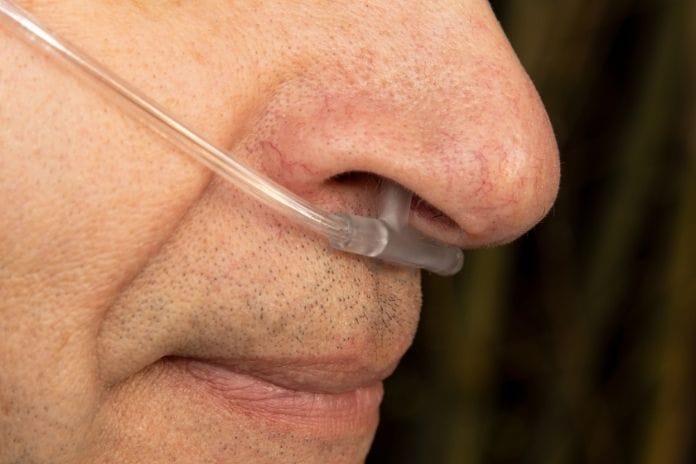Long-term respiratory conditions such as COPD will greatly diminish your quality of life. When you struggle to get enough oxygen as you breathe, you’ll suffer from shortness of breath, wheezing, a nagging cough, chronic fatigue, and a weaker immune system. Fortunately, with supplemental oxygen, you can stave off these symptoms and get your quality of life back. Adjusting to life with supplemental oxygen, however, requires a few lifestyle changes to ensure that it’s a viable treatment option. Before you buy your first oxygen concentrator, learn what to know about using supplemental oxygen so that you’re prepared from day one.
Be Prepared for Power Outages
When electrical storms or utility work knocks the power out, it’s usually no big deal. You reset your alarm clock, wait for the Wi-Fi to work again, and go back to life as usual. When you rely on electricity for your oxygen concentrator, even a brief outage can be critical. Have an emergency preparedness plan in place to keep your oxygen running. Consider having a battery backup or keeping a portable concentrator on hand in addition to your stationary at-home unit. You can even contact your local utility to procure a generator specifically for riding out an outage.
Know About Travel Guidelines
With a portable concentrator by your side, you won’t need to feel tethered to your living room. You can keep travel as a part of your life, but you’ll need to take additional precautions, especially if you plan to fly. For instance, the FAA requires that your portable concentrator’s battery life exceed the length of your flight by 50 percent, eliminating the possibility of being without battery power while in the air. You’ll also want to check with your doctor before you depart to make sure that you’re all set for travel and that your destination won’t cause health problems.
Cook With Care
Our golden years should be a time to really make the most of our kitchens. However, part of what to know about using supplemental oxygen is that it can be a hazard near the open flames and high heat of your stove and oven. If you’re on oxygen while working in the kitchen, you may want to explore other forms of cooking that don’t expose you to direct heat. Slow cookers, air fryers, and other enclosed appliances can be terrific alternatives that still allow for creative cooking while keeping you safe.








































